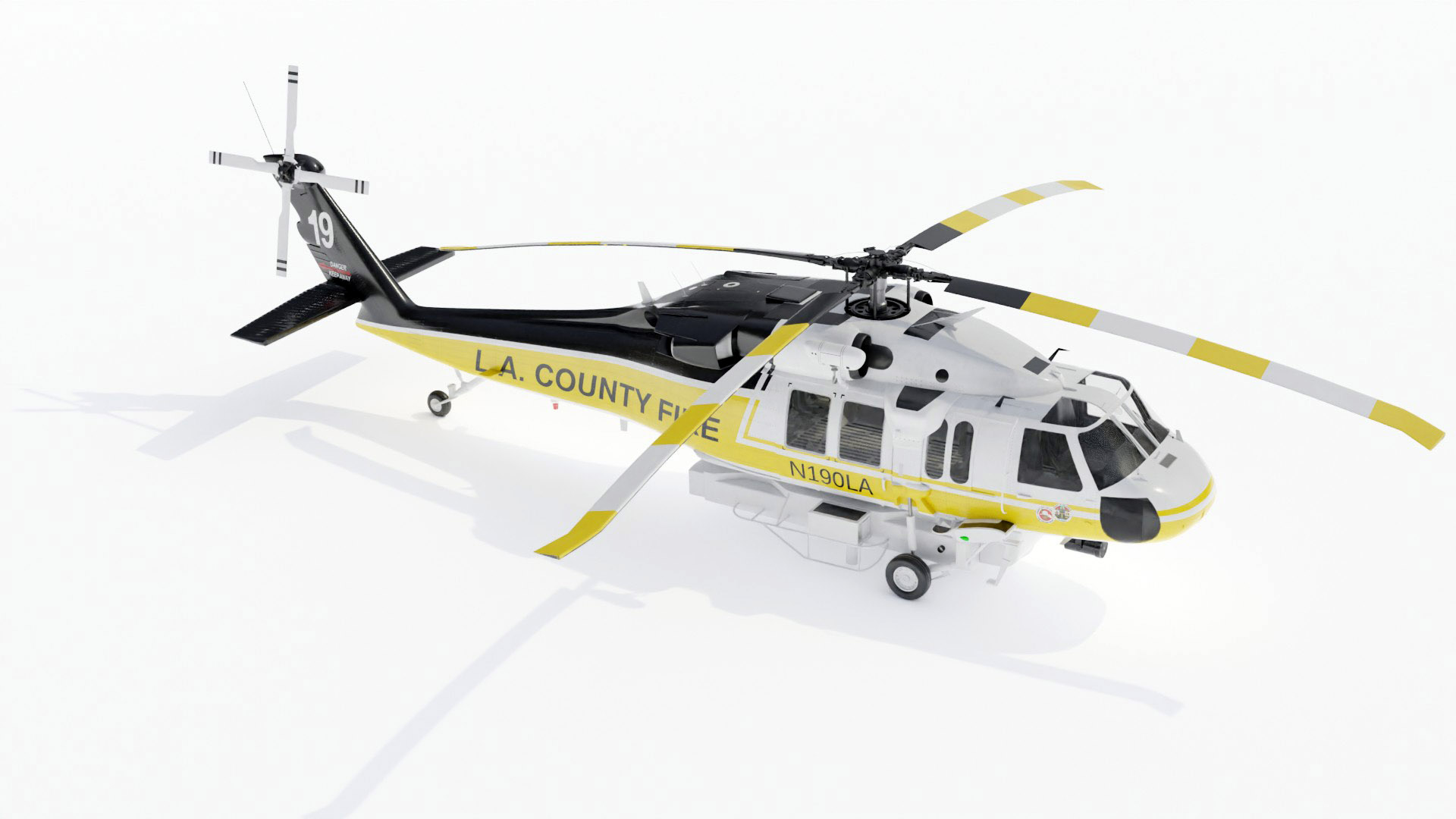Introducing the Sikorsky S 70: Technologies and Developments in Helicopter Engineering
Introducing the Sikorsky S 70: Technologies and Developments in Helicopter Engineering
Blog Article
Modernized Vertical Lift Platform With Advanced Compound Structures and Improved Precaution
In the realm of upright lift systems, a substantial shift towards innovation has actually been observed, driven by the integration of innovative composite frameworks and heightened safety steps. In exploring the merging of innovation and security in modern-day lift platforms, a compelling story arises, showcasing the capacity for transformative innovations that cater to the ever-evolving requirements of commercial industries.
Advancement of Vertical Lift Platforms

The development of upright lift systems can be traced back to basic wheel systems and very early lift designs. Gradually, developments such as hydraulic systems, electrical motors, and advanced control systems have greatly enhanced the effectiveness and security of these platforms. Makers have likewise concentrated on enhancing the security, reach, and load-bearing abilities of vertical lift platforms to fulfill the diverse requirements of various industries.
Moreover, the combination of smart technologies like sensors, IoT connectivity, and automation attributes has actually better transformed the capacities of modern-day vertical lift platforms. These technical improvements not only enhance operational efficiency but additionally ensure increased security standards for employees using these systems at various elevations. The continual development of upright lift systems underscores their vital function in boosting vertical wheelchair across markets.
Assimilation of Advanced Composite Structures

Moreover, the use of sophisticated composite products permits for even more complicated and maximized architectural designs, enabling engineers to tailor the system's buildings to meet specific performance demands. Generally, the consolidation of innovative composite structures in modern-day upright lift platforms represents a considerable advancement in aerospace modern technology, leading to a lot more reliable, reliable, and much safer airborne transport systems.
Improved Safety And Security Actions Execution
Implementing boosted safety and security procedures is crucial in making sure the ideal efficiency and reliability of contemporary upright lift platforms. These procedures include a series of techniques focused on mitigating risks and enhancing overall security criteria. One vital facet of boosted safety and security steps is the assimilation of sophisticated sensing unit technologies to keep an eye on numerous criteria in real-time. By making use of sensing units for features such as structural health and wellness surveillance, lots monitoring, and ecological noticing, potential hazards can be identified early, permitting for aggressive maintenance and corrective actions.

Market Applications and Advantages
With advancements in modern technology and design, modernized vertical lift systems have discovered diverse applications across different sectors, using considerable advantages in performance and performance. In the production market, these platforms enhance the process of transferring heavy products and tools within facilities, lowering manual handling and enhancing article functional efficiency. The building sector benefits from vertical lift systems by allowing workers to advice access raised areas securely and efficiently, enhancing general project timelines. Warehousing and logistics business use these platforms to maximize storage room utilization and promote quicker picking and packaging processes.
Furthermore, vertical lift systems play an important role in the upkeep and fixing of facilities such as bridges, power lines, and buildings, permitting specialists to reach inaccessible areas with simplicity (sikorsky s 70). The aeronautics market also leverages these systems for airplane upkeep and assembly jobs, boosting workflow efficiency and ensuring employee safety and security at heights. In general, the extensive adoption of modernized upright lift systems throughout sectors highlights their flexibility and the substantial improvements they bring to various procedures
Future Trends in Lift Platform Innovation
Incorporating advanced automation and intelligent attributes, lift platform technology is poised to reinvent upright transport systems pop over to these guys in the future. One crucial pattern is the assimilation of Web of Things (IoT) technology, making it possible for lift platforms to interact real-time data for predictive upkeep, enhancing performance, and enhancing security. Expert system and artificial intelligence algorithms are additionally being incorporated to examine patterns, anticipate prospective concerns, and enhance performance. The use of advanced materials such as carbon fiber compounds is on the rise, using enhanced toughness and toughness while lowering general weight. Enhanced safety and security actions, consisting of biometric authentication and emergency action systems, are ending up being typical features to guarantee guest security. Additionally, customizable arrangements and modular styles are gaining appeal, enabling higher flexibility to various settings and requirements. As lift platform technology proceeds to progress, these fads are readied to form the future of vertical transport, making it more efficient, safe, and user-friendly.
Conclusion
Finally, the up-to-date vertical lift system showcases the advancement of modern technology in the sector. By integrating sophisticated composite structures and boosted safety and security procedures, this platform uses enhanced efficiency and safety and security for different applications. The industry can benefit considerably from these improvements, and future trends in lift system innovation are likely to continue boosting upon these developments for also better success and performance.
In the world of upright lift systems, a significant change towards innovation has actually been observed, driven by the combination of sophisticated composite frameworks and increased safety procedures. The continuous development of upright lift systems emphasizes their essential duty in improving upright movement throughout industries.

The incorporation of sophisticated composite frameworks in contemporary upright lift platforms has actually considerably improved their structural stability and efficiency capacities. By incorporating these sophisticated composites into the layout and building of vertical lift platforms, suppliers can minimize total weight, increase load-carrying ability, and improve the platform's sturdiness and longevity.
Executing enhanced safety steps is imperative in making sure the ideal performance and reliability of modern-day upright lift systems.
Report this page